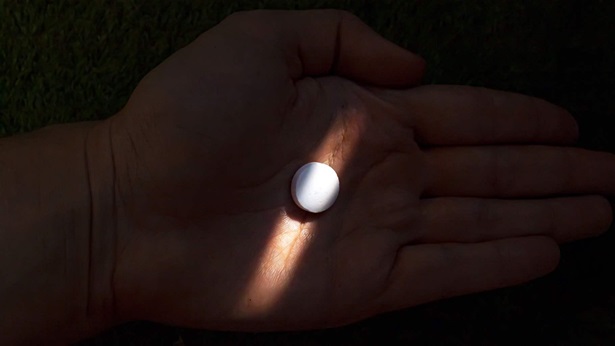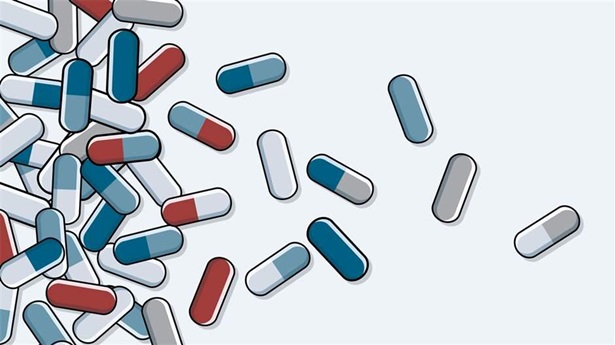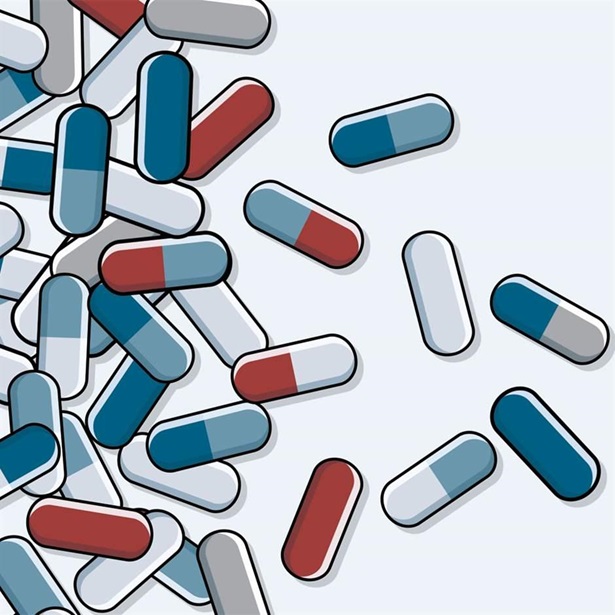Researchers Explore the Complicated Biology Behind Depression
Pew scholars seek to better understand and treat common mental health disorder
The World Health Organization estimates that 5% of the global adult population has depression—a condition that can affect how a person thinks, feels, and acts—making it one of the most prevalent mental health disorders in the world. But symptoms of depression vary widely by person. And as scientists are learning, understanding how to treat depression requires decoding the disorder’s complex biology.
Kaoru Saijo, M.D., Ph.D., a 2017 Pew biomedical scholar and assistant professor at the University of California, Berkeley, and Erin Rich, M.D., Ph.D., a 2018 Pew biomedical scholar and associate professor at Icahn School of Medicine at Mount Sinai, are exploring the mechanisms that contribute to depression. This interview with them has been edited for length and clarity.
Q: On a biological level, what happens when someone is depressed?
Dr. Rich: On the outside, severe depression can appear as a dampening of biological processes: Someone with depression might move slower, speak quieter, and have lower energy than they otherwise would. However, on the inside, we frequently find processes in overdrive, with bodily changes like those in a fight or flight response, such as elevated heart rate and blood pressure and increases in hormones such as cortisol—all signatures of high stress.
Dr. Saijo: We tend to see irregularities in the circadian rhythm, as well as inflammation in the brain and body. And one of the major changes is the dysregulation of neurotransmitter signaling, which is how neurons communicate with each other in the brain.
Q: What medical interventions currently exist for depression?
Dr. Saijo: Current medications aim to correct these disruptions in neurotransmitter signaling pathways. But about 30% of patients feel that medications don’t improve their symptoms, and about 40% report experiencing side effects.
Dr. Rich: Scientists are exploring other pharmacological approaches as well as interventions designed to alter the function of brain circuits. These “circuit-modulating” interventions include deep brain stimulation (DBS), a technique that targets parts of the brain via electrodes. Brain stimulation may sound like science fiction, but DBS is effective at treating other disorders—such as advanced Parkinson’s disease—and tends to produce fewer side effects than the drug treatments we have today.
Q: Dr. Saijo, you mentioned inflammation. Can you tell us more about that?
Dr. Saijo: Many researchers have found that inflammation in the brain is associated with depression in human and animal models. But attempts to treat depression by controlling inflammation haven’t succeeded. So, in my lab, we use mouse models to better understand the mechanisms of brain inflammation and how they contribute to the development and progression of depression. We’ve also observed sex-specific behaviors for depression, and we know that sex hormones can cause changes in how genes are activated in immune cells in the brain. We hope to use these hormone pathways as targets to develop new therapeutic strategies for treating depression.
Q: What have you found?
Dr. Saijo: We believe that a specific type of inflammation is associated with depression. The brain’s immune cells interact closely with neurons, so dysfunction in the immune cells subsequently impacts neuronal activities. And while we think that depression may be caused by maladaptations to stress in adults, we’ve also found that defects in brain immune cells during brain development may be enough to cause depression. So, we need to consider restoring normal functions in the brain’s immune cells both during development and in adulthood to prevent and treat depression.
Q: Dr. Rich, your lab is looking at depression differently. What can you tell us about your work?
Dr. Rich: We’re investigating how the brain produces healthy cognition and emotion. Our main goals are to understand the neural basis of cognitive-emotional abilities like evaluating stimuli in our environment or making decisions based on different sources of information. We use custom-designed tasks that tax specific abilities of animals and record the activity of large populations of neurons to understand how their collective activity gives rise to certain behaviors.
We hope that better understanding cognitive-emotional abilities will help us learn what happens when they go awry in disorders like depression and how we might be able to intervene.
Q: How might this help better treat depression?
Dr. Rich: One of my theories is that in depression, we may not identify patterns of neural activity that are solely pathological. Instead, symptoms of depression may arise from normal activity occurring at the wrong time or with greater frequency or intensity. By understanding the basic functions of the brain, such as cognition and emotion, scientists have a better chance at recognizing abnormalities like these.
Right now, there’s an enormous gap between our ability to change the brain, whether with drugs or targeted interventions like DBS, and our understanding of what we’re trying to change the brain to or from. It’s like trying to fix a car without understanding how the engine works.
Q: What challenges have you come across in your work?
Dr. Saijo: My lab uses mouse models to study depression, but these models don’t tell us the whole story. When using mice, we can’t examine their feelings and thoughts; we have to rely instead on a limited set of observed behaviors for our analyses. There are also discrepancies between mouse models and humans. For example, more females are affected by depression in humans, but in one mouse model, depression is only observed in males.
Dr. Rich: Depression is a very heterogeneous disorder—that is, it presents differently across individuals. Beyond depressed mood, patients have described a range of symptoms: Some have increased sleep while others have decreased sleep; some gain weight and some lose weight. Some have feelings of worthlessness or suicidal thoughts while others do not. So when individuals experience depression differently, it makes sense that what’s going on in their brains might also be different.
Q: Any final thoughts?
Dr. Saijo: Depression is not a simple mental condition; as Dr. Rich says, it can manifest in different ways in different individuals. So while investigating mental health disorders from a neuroscience perspective is an excellent approach, there are many challenges associated with discovering the inner workings of these conditions.
Dr. Rich: Agreed. There’s so much left to learn about the biological basis of depression; how and why the disease varies among different people; and how these factors interact with one’s environment and experience. A common oversight in the field is the critical importance of basic research in learning how the brain works so we can better understand how to use our interventions effectively. In many cases, this means investigating questions that may appear unrelated to any particular disorder, but actually take critical steps toward life-changing discoveries.













